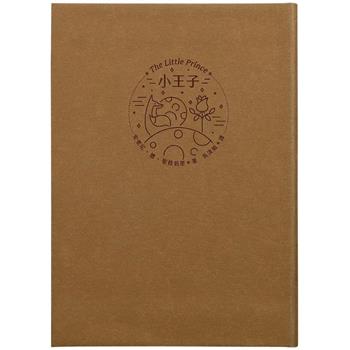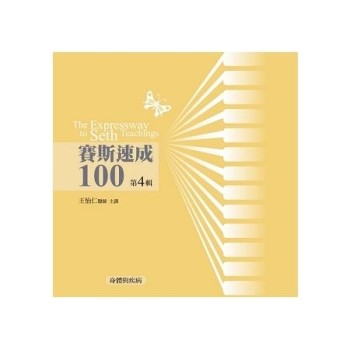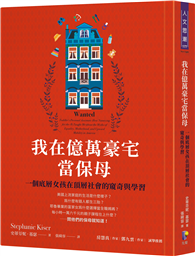Experiencing Epiphanies in Literature and Cinema uses health humanities and psychological humanities to explore literary and cinematic epiphanies. James Joyce first adopted the term "epiphany" from its religious use to articulate momentsof luminous intensity or "sudden spiritual manifestation." This study develops and extends Joyce’s use of epiphany through a range of literary and cinematic examples, from William Shakespeare to Ruth Ozeki and from Yasujirō Ozu to Jim Jarmusch. This wealth of epiphanies in the arts is important from a health humanities perspective in that they provide access to aesthetic and sustainable experiences of well-being, joy, and human flowering. They also provide antidotes to aesthetics of anti-epiphany--a showing forth of terror, horror, and panic. Experiencing Epiphanies is accordingly both critical and affirmative, diagnostic and therapeutic. It uses critique to understand the increasing need for well-being in contemporary times, and it uses affirmation to develop underutilized resources in the arts for transforming, configuring, and refiguring our everyday lives.
| FindBook |
有 1 項符合
Experiencing Epiphanies in Literature and Cinema: Arts and Humanities for Sustainable Well-Being的圖書 |
 |
Experiencing Epiphanies in Literature and Cinema: Arts and Humanities for Sustainable Well-Being 作者:Lewis 出版社:Routledge 出版日期:2024-07-09 語言:英文 規格:精裝 / 208頁 / 普通級/ 初版 |
| 圖書館借閱 |
| 國家圖書館 | 全國圖書書目資訊網 | 國立公共資訊圖書館 | 電子書服務平台 | MetaCat 跨館整合查詢 |
| 臺北市立圖書館 | 新北市立圖書館 | 基隆市公共圖書館 | 桃園市立圖書館 | 新竹縣公共圖書館 |
| 苗栗縣立圖書館 | 臺中市立圖書館 | 彰化縣公共圖書館 | 南投縣文化局 | 雲林縣公共圖書館 |
| 嘉義縣圖書館 | 臺南市立圖書館 | 高雄市立圖書館 | 屏東縣公共圖書館 | 宜蘭縣公共圖書館 |
| 花蓮縣文化局 | 臺東縣文化處 |
|
|
圖書介紹 - 資料來源:博客來 評分:
圖書名稱:Experiencing Epiphanies in Literature and Cinema: Arts and Humanities for Sustainable Well-Being
內容簡介
作者簡介
Bradley Lewis, MD, PhD has dual degrees in psychiatry and interdisciplinary humanities. He is a practicing psychiatrist, psychotherapist, and professor of health humanities and cultural/disability studies at New York University’s Gallatin School of Individualized Study. He works at the interface of psychiatry, healthcare, humanities, arts, mad studies, disability studies, cultural studies, and religious studies. His books include Narrative Psychiatry: How Stories Shape Clinical Practice and Depression: Integrating Science, Culture, and Humanities. He is also co-editor of the forthcoming Mad Studies Reader.
|










